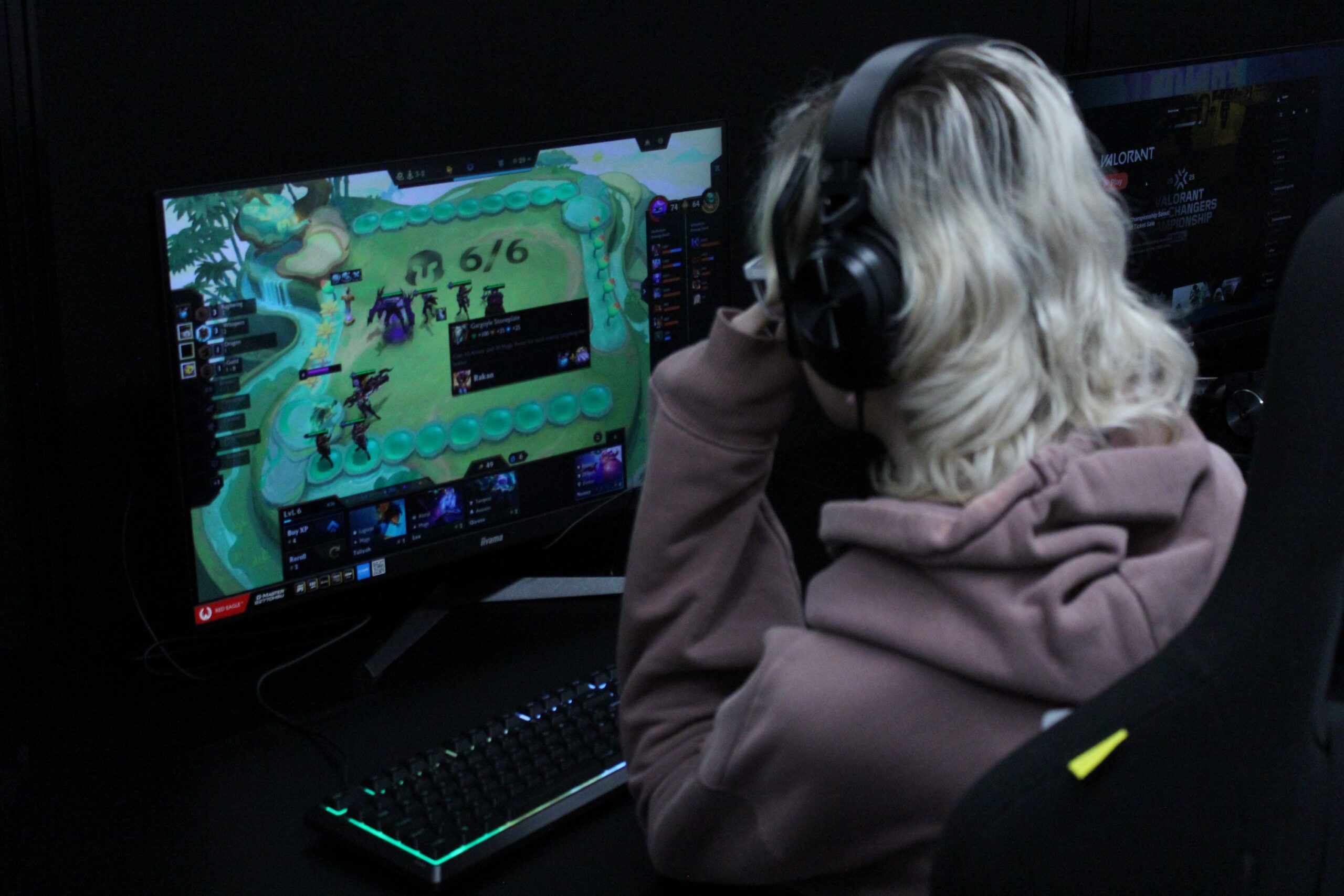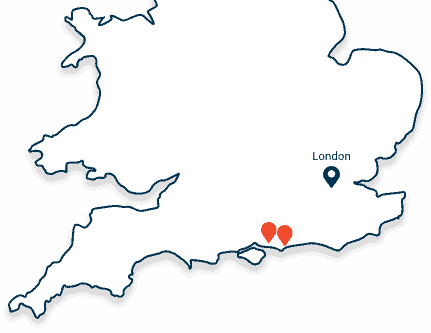How do children draw themselves? It depends who’s looking
- Children’s drawings are used as a communication tool in a number of professional/therapeutic settings
- They help a range of professionals to understand how a child is feeling
- The study’s findings show that children vary how they draw themselves depending on the profession of the audience, and whether or not they are familiar to the child
- The findings will help practitioners to better interpret children’s drawings of themselves
IT IS the archetypal child’s drawing – family, pet, maybe a house and garden, and the child themselves. Yet how do children represent themselves in their drawings, and does this representation alter according to who will look at the picture?
A research team led by academics from the University of Chichester has examined this issue and found that children’s expressive drawings of themselves vary according to the authority of and familiarity with the adult who will view the picture. The study is published in the British Journal of Developmental Psychology.
The results of the study are significant because it is important to understand children’s drawings for different audiences. Drawings are often used in clinical, forensic, educational and therapeutic situations to garner information about how a child feels and to supplement verbal communication.
The research team worked with 175 children aged eight and nine, 85 boys and 90 girls. The children were arranged in seven groups – one where no audience was specified and six audience groups varying by audience type. These groups represented professionals (policeman, teacher) and men with whom the children were familiar, and those with whom they were not.
The children were invited to draw three pictures of themselves – one as a baseline, one happy and one sad. The results of the study show that children’s drawings of themselves are more expressive if the audience for those drawings is familiar to the child. Girls drew themselves more expressively than boys.
Some anomalies appeared in the results. For example, boys and girls performed differently in happy and sad drawings for the familiar and unfamiliar policeman groups. Girls showed more expressivity than boys in their happy drawings when the audience was a policeman they knew, whereas boys’ sad drawings showed more expressivity than girls’ in the unfamiliar policeman group. While the authors of the study suggest reasons for this, they see merit in further study.
They also suggest that this current study could be used as the basis for future studies investigating other professional and personal interactions, such as between a doctor and their patient.
The study was led by Dr Esther Burkitt, Reader in Developmental Psychology at the University of Chichester. She said: “This current study builds on the findings of previous studies carried out by our team. Its findings have implications for the use of children’s drawings by professionals as a means to supplement and improve verbal communication. Being aware that children may draw emotions differently for different professional groups may help practitioners to better understand what a child feels about the topics being drawn.
“This awareness could provide the basis of a discussion with the child about why they drew certain information for certain people. Our findings indicate that it matters for which profession children think they are drawing themselves, and whether they are familiar with a member of that profession.”
The University of Chichester is home to a growing archive of children’s drawings, which is part of the University’s Child and Adolescent Socio-emotional Development Lab. The research team is gathering views about children’s drawings and artwork, with invitations for members of the public to complete a short survey.
To find out more about the University’s children’s drawing archive visit https://children.chi.ac.uk. For more about the department of Psychology and Counselling go to www.chi.ac.uk/department-psychology-and-counselling.





